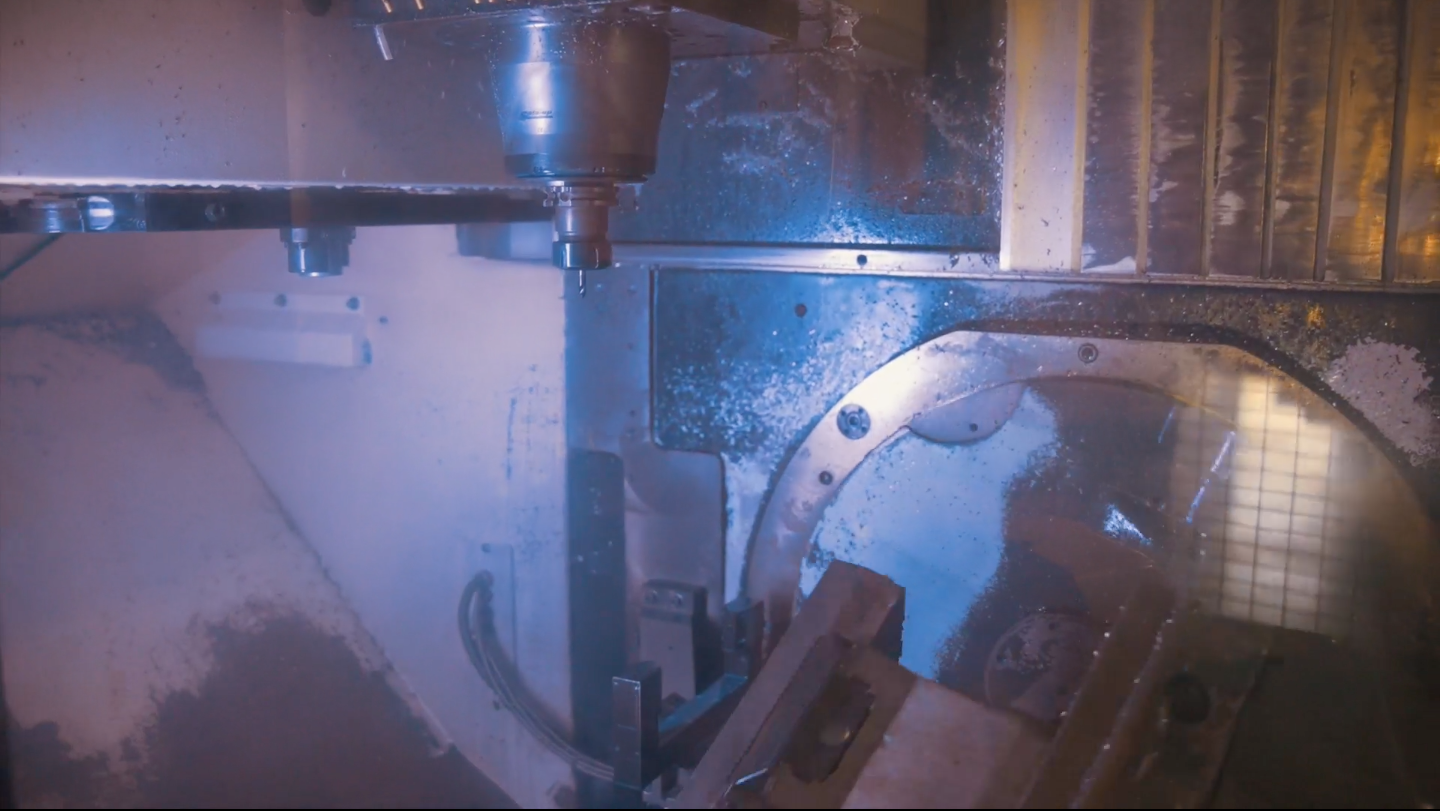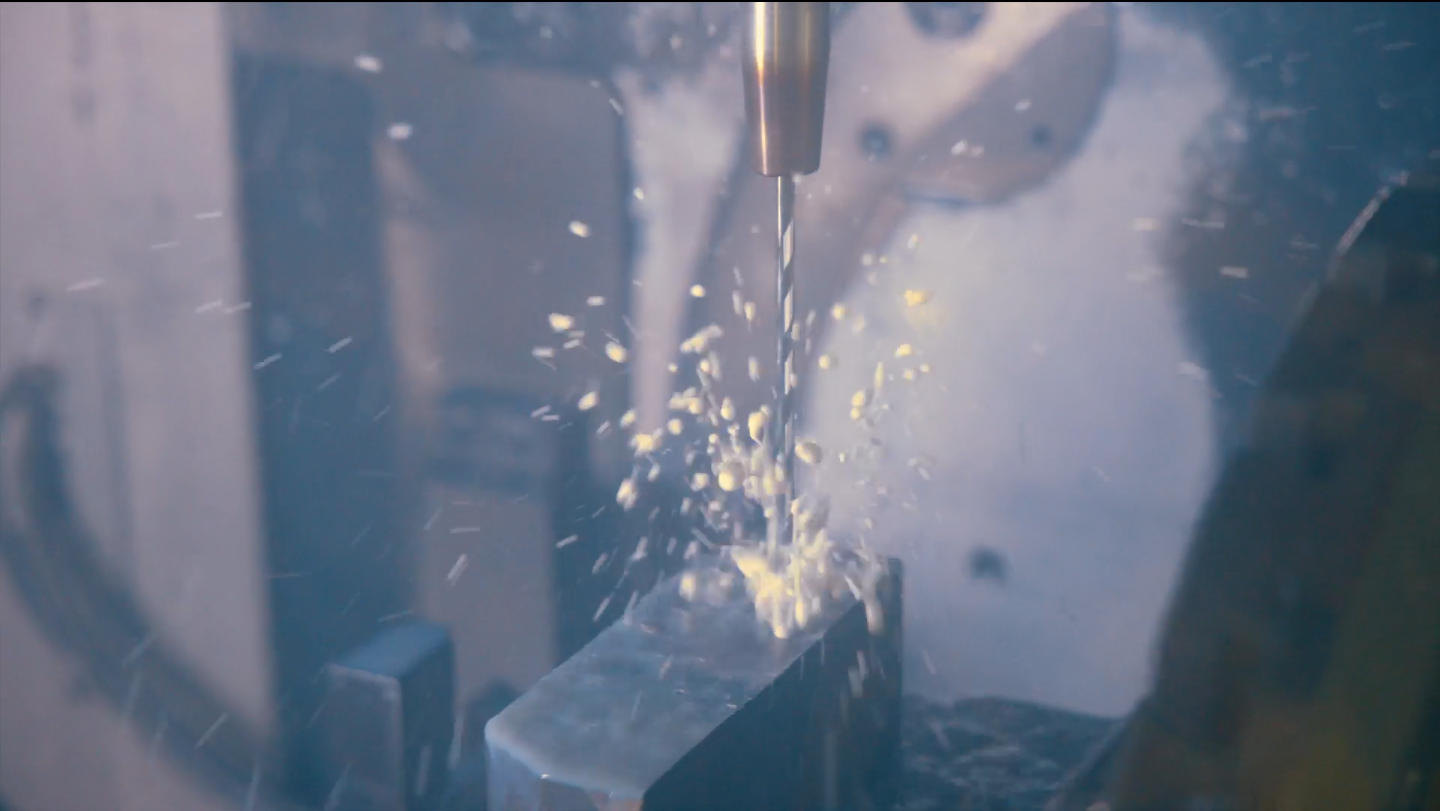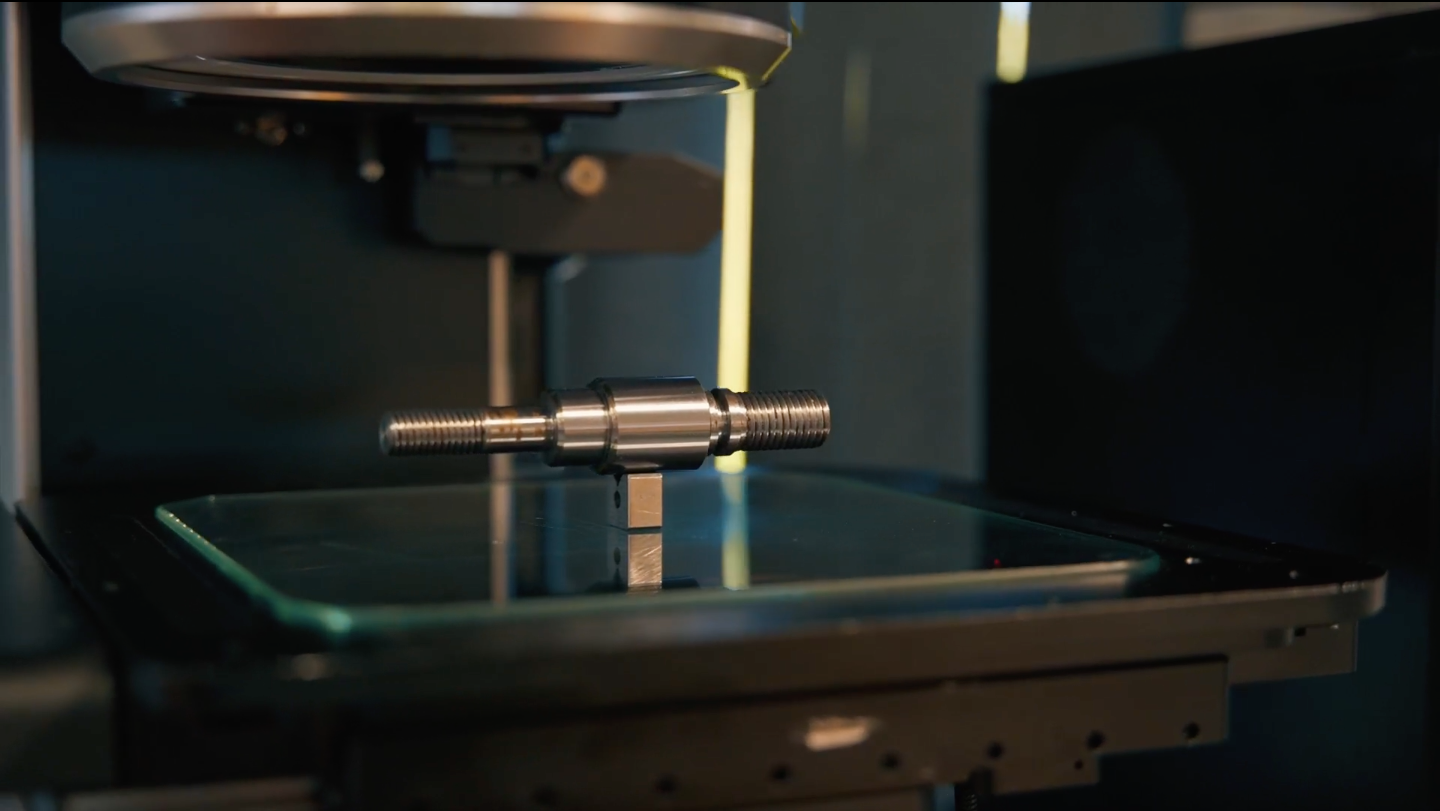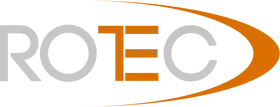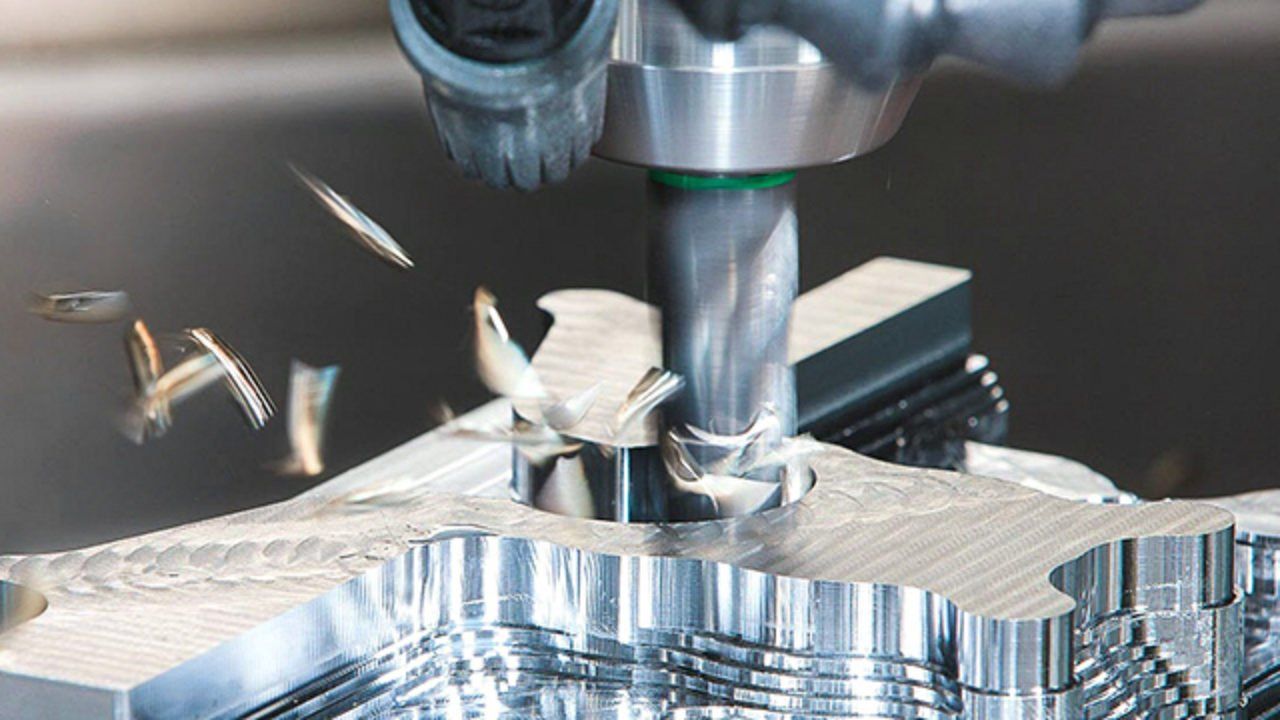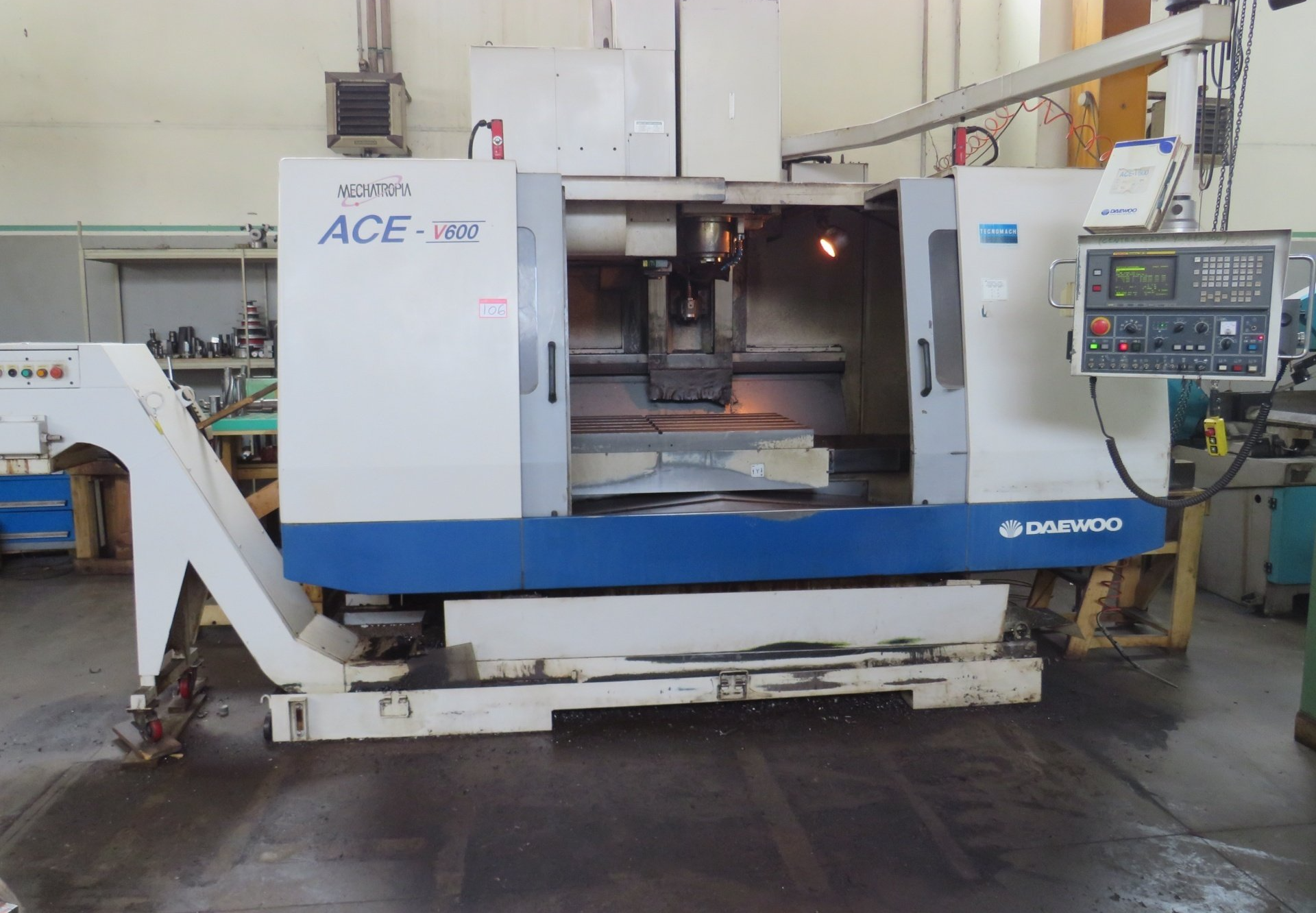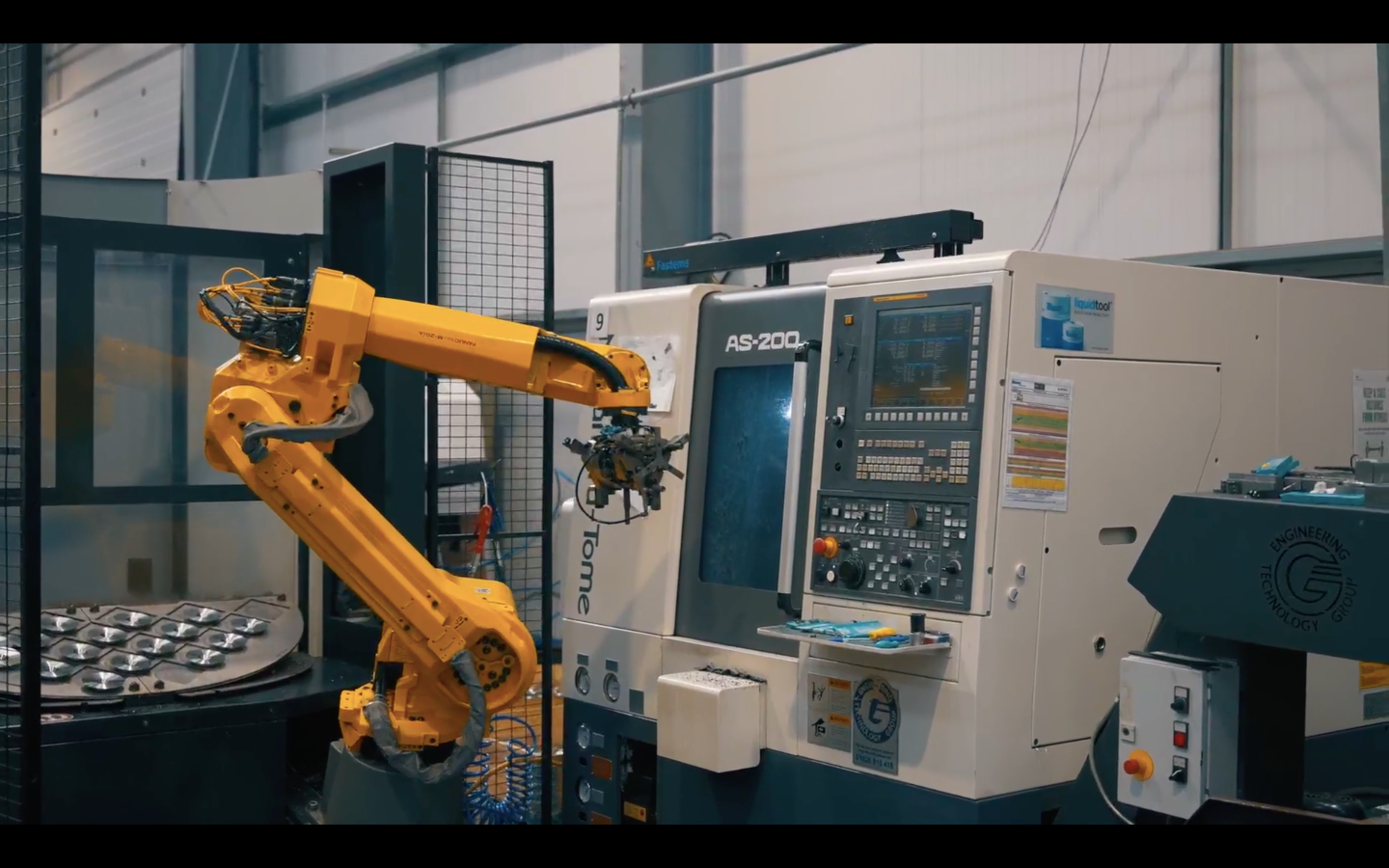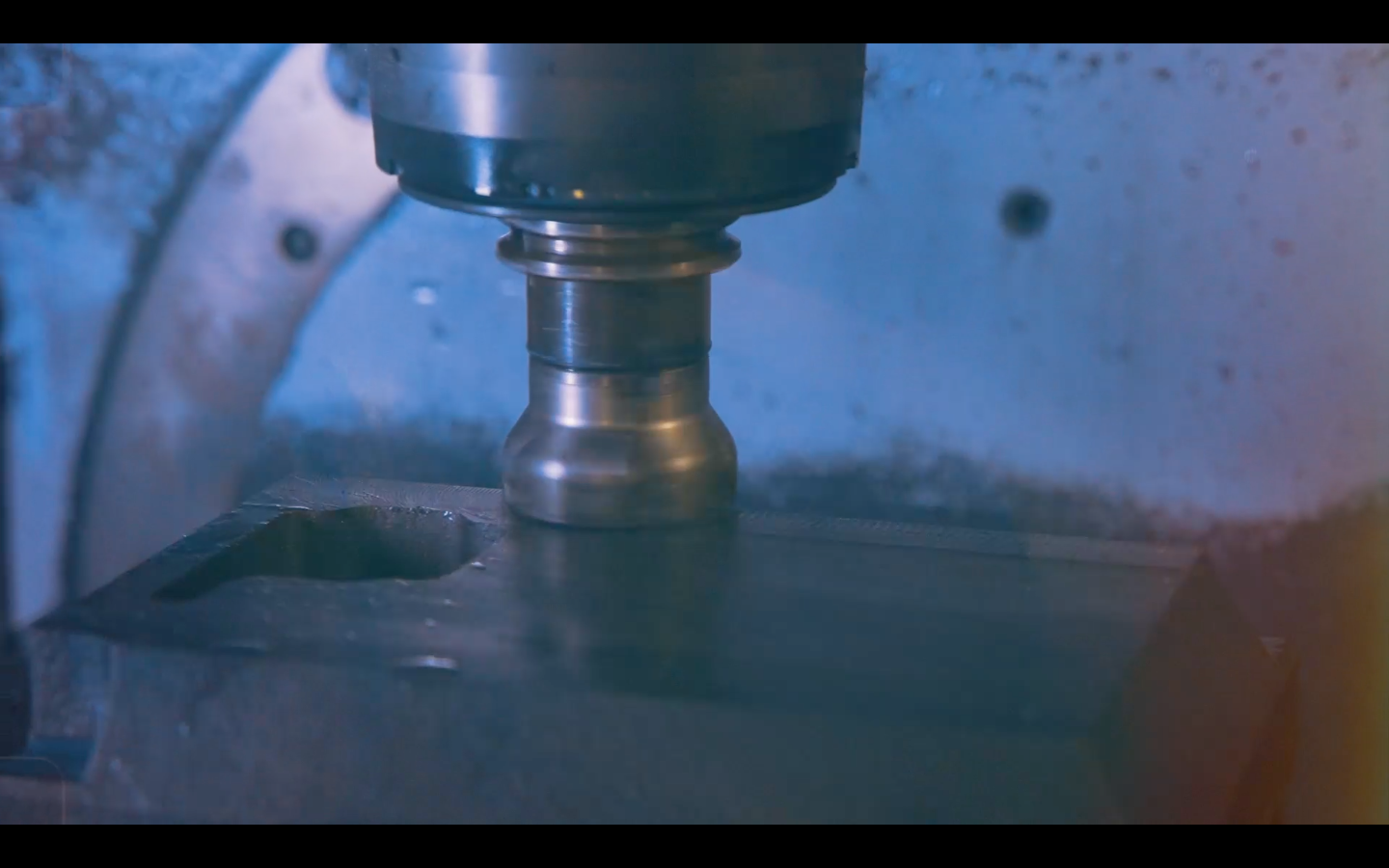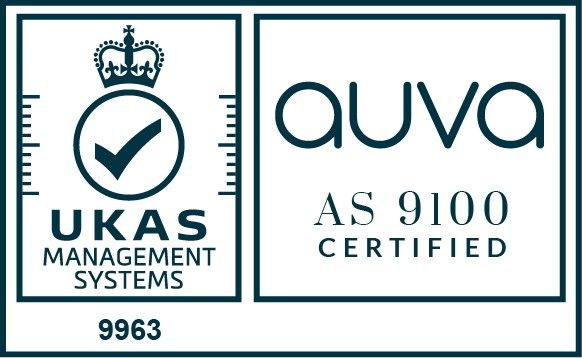By Jake Hughes
•
June 24, 2024
There are many different associated costs with CNC (Computer Numerical Control) machining services . It is a crucial part of many different industries, manufacturing important components and parts for vital pieces of equipment and machinery across a whole host of applications. By making a few clever choices, and working with CNC machining specialists, you can cut costs without impacting the quality of the finished product on your production runs. CNC machining is commonly used to ensure consistency and speed throughout long production runs, and with a few tweaks to your approach you can ensure a more cost-effective process for your CNC machining services. How much does CNC machining cost? Before you can look at ways to be smarter with the budget for CNC machining services, you first need to understand the costs. For a typical CNC machining project, you could pay anywhere between £100-£2000 depending on the specific requirements and other factors. There are a few different factors that determine the costs of a CNC machining project, such as: Machining time The longer it takes for a part to be machined, the more expensive it is. Machining time is therefore the main contributor to cost when discussing CNC machining services. This is especially the case for bulk orders, long-term, large-scale production runs where one simple mistake in design can lead to a large cost. Start-up costs Planning is key with CNC machining services. Preparing the CAD (Computer-aided Design) file is crucial, as this is fixed once the manufacturing process is in motion. It means that for small production runs there is a higher cost, but it leads to lower costs when working at scale. Cost of materials The price of the raw material will undoubtedly have an impact on the cost of the project as a whole. Purchasing bulk material and choosing the right material that can be machined in an optimal way to suit the specific design and geometry of the desired part will be crucial in determining the cost. Industry requirements Machining costs vary between different industries too, where there might be a requirement for greater accuracy and precision for life-critical parts and components. For instance, in the aerospace and medical sectors. This could have an impact on the cost of the production run. Material finish In some cases, there will be a requirement to add a finish to the completed parts. This could be to make it look more aesthetically pleasing or to give a greater resistance to harsh environments and extreme conditions. This will incur an additional cost to the process. Other manufacturing costs With specific requirements for different projects and industries, might come a need for special tooling, closer quality control, and a greater number of process steps. This will have an impact on the time and cost of the CNC machining services. Tips for reducing CNC machining costs There are a few ways in which you can reduce the cost of CNC machining, each dependent on what materials the project is using and the required end result, amongst other things. Here are a few tips to cut costs but not to cut quality. Optimise choice of materials Selecting the most appropriate material for your desired part is the crucial aspect of cutting costs. Raw materials will differentiate in cost, but also choosing the wrong material for the machines in use will cause potential problems in overspends and the time it takes to machine the part. You must find that balance between a low cost raw material that is optimal with how you wish to process it in line with the specific design requirements. Volume of production CNC machines have the ability to manufacture in both small and large quantities. Once up and running there is minimal supervision required, making it a cost-effective choice for large production runs. If only a prototype or a small batch of parts is required however, it might incur a high cost due to the initial set-up time. Minimise machine set-up If it is at all possible, cut down the number of machine set-ups, as this will always add to the costs. Larger quantities of parts will affect the unit price, helping to minimise overhead costs, as it is spread over many parts. Design parts that can be machined in just a few machine set-ups can help you to reduce costs, so consider separating a part into multiple geometries, to be assembled later. Limit tight tolerances When there is a part that includes a tight tolerance design, the cost will rise because it adds to the machining time and will require a closer, manual inspection. Tight tolerances often lead to a greater level of excess waste too, and slower machine times to maintain consistent accuracy of the part. Use standard holes Using standardised hole sizes throughout a design will help to reduce costs as it will eliminate the need for a specialist tool. Standard drill hole sizes lead to less intervention during the machining process and maintain a consistent speed of production and accuracy. Reduce designs with thin walls By increasing the thickness of thin walls, you’ll experience a reduction in machining time, and therefore a reduction in costs. Thick, solid sections offer stability and are less expensive to create. This is because the thinner the wall, the more likely it is to be prone to vibrations and to distort. Leave things blank Leaving out any engraving or detail on the finished part, such as text or logos, will help to reduce costs significantly. If you do require these extras, the costs will increase due to the need for extra machinery and processes to trace numbers, letters, and symbols, and the set-up time associated with this. What is the future of CNC machining? The technology associated with CNC machining continues to evolve, with an expanded range of technical capabilities continuing to grow. Working with CNC machining specialists will help businesses to gain access to these latest advancements, ensuring that tolerances remain tight, that safety is a priority in all projects, and that costs can be kept under control without negatively impacting on the standard of the finished parts and components.
